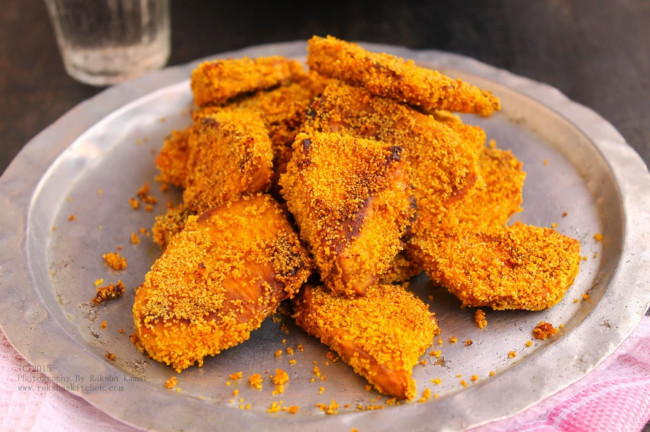
Among Goa’s culinary treasures hides a humble yet deeply nostalgic gem: Nirponos. Often mistaken for breadfruit or elephant yam, this seasonal specialty captures the essence of Goan home cooking and brings families—and communities—together during the monsoon months. Nirphanas, also known as breadfruit, is a fruit closely related to jackfruit. It is often found in Goa and some other parts of India, the fruit has green yellowish colour on the outside and is spongy on the inside. It is seen a lot in the marketing during the mid of july- uptill september. This fruit is highly eaten during the shravan by the local Hindus as a substitute for fish. This fruit is prepared by frying it in rava and other style too.
Why Nirponos Matter in Goan Cuisine
- Monsoon Connection – Nirponos flourish seasonally, aligning with the monsoon’s bounty and reminding Goans of nature’s cycles.
- Resourcefulness – Like many Goan dishes, Nirponos recipes represent thrift and creativity—turning simple produce into memorable meals.
- Village Markets & Memories – While not mainstream, nirponos show up in weekender markets—especially on Sundays—connecting generations through familiar flavors.
Nirphanas: Taste of Tradition
Simple, warming, and rich in local flavor, Nirponos embodies the essence of Goan cooking: unpretentious yet deeply comforting. Whether combined with shrimp or made vegetarian, this dish represents centuries of adaptation, monsoon palettes, and Goan resilience.


